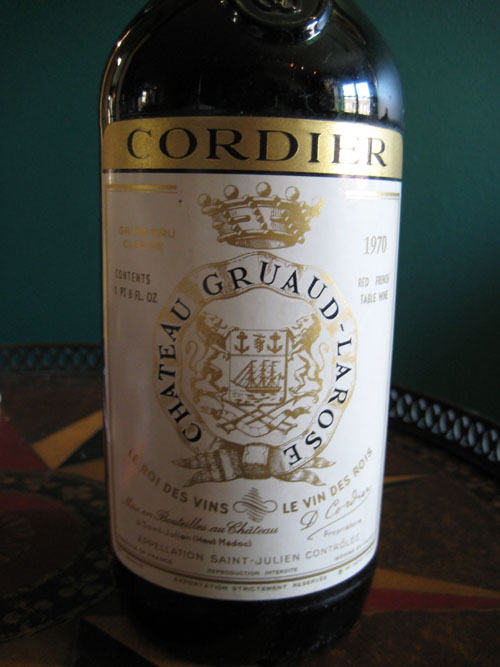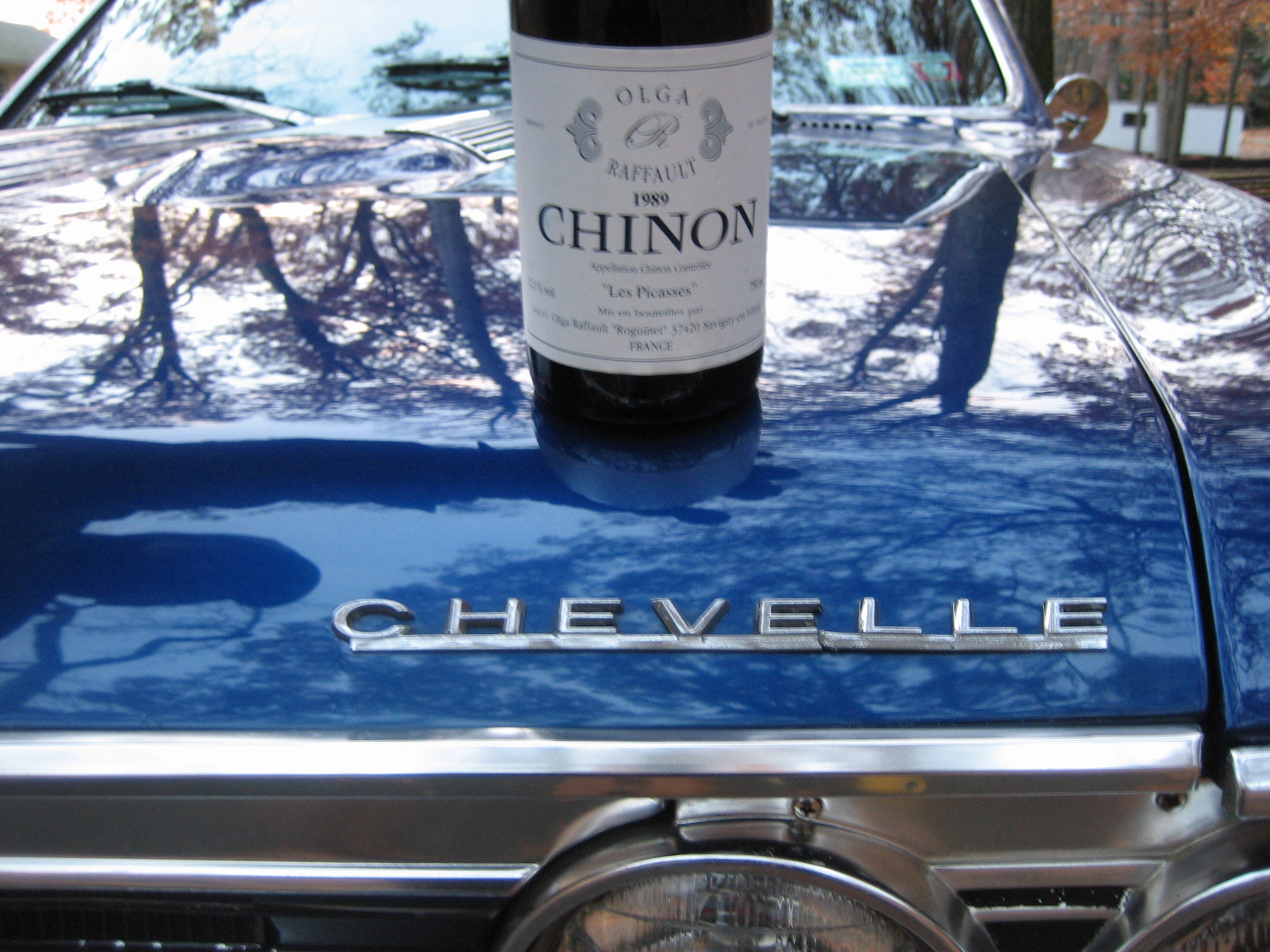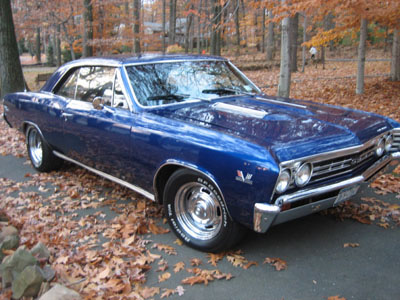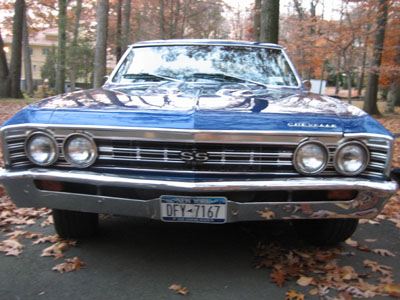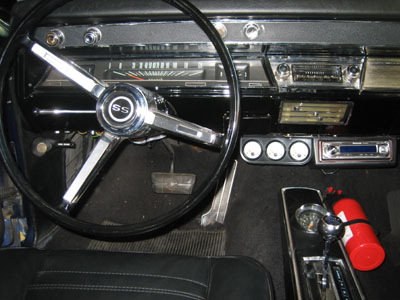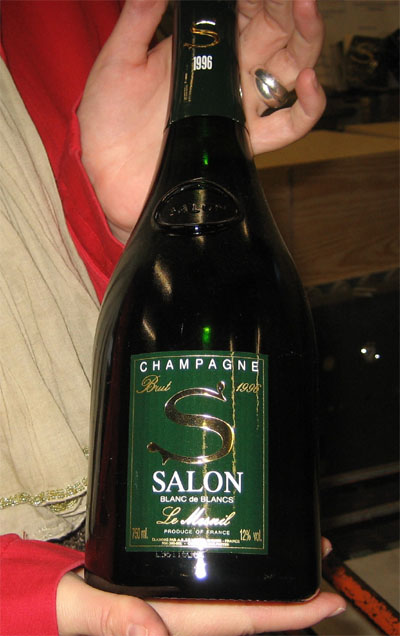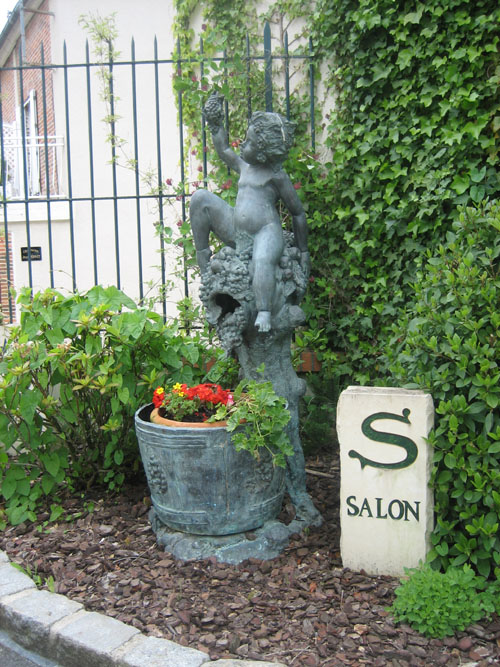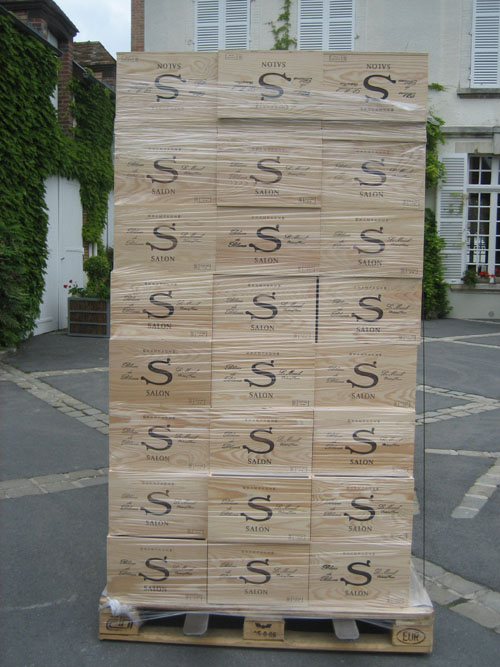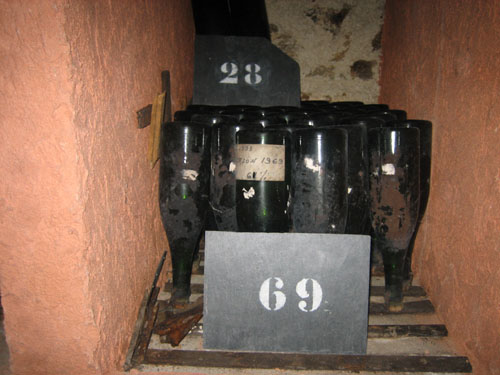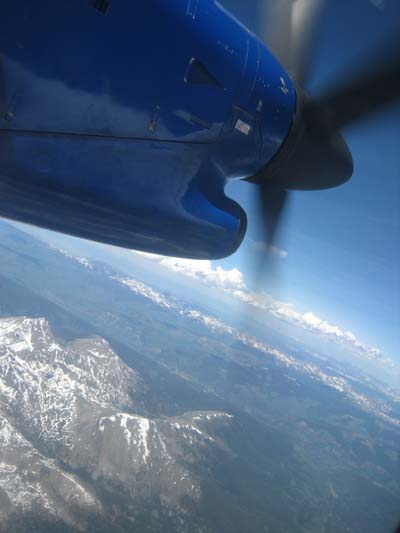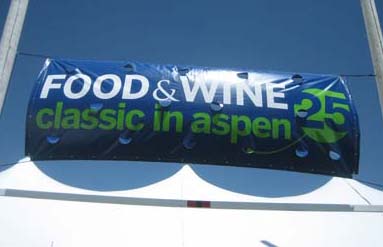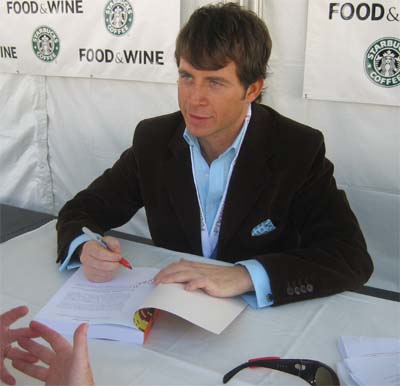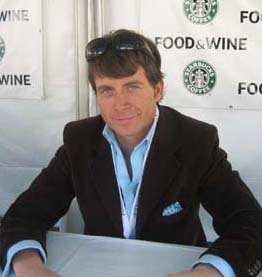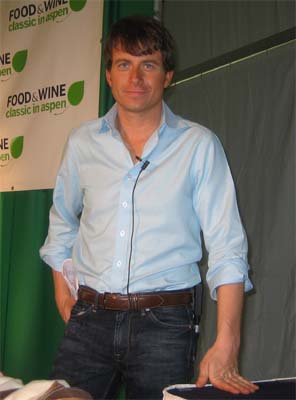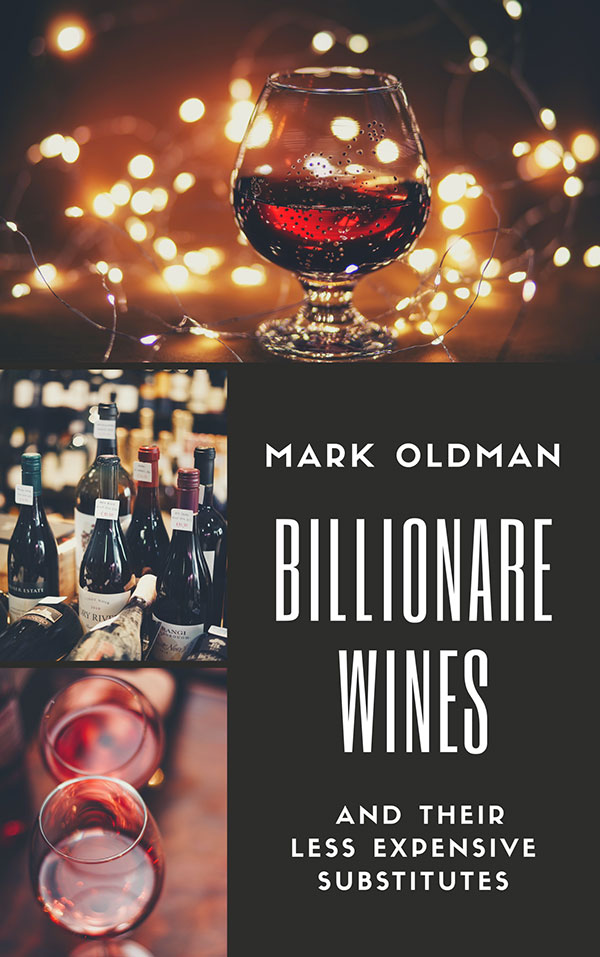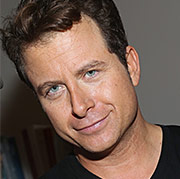Gruaud-Larose: Bordeaux Splendor, Accidentally Acquired: How an accidential auction acquisition illuminated one of the best values in fine Bordeaux.
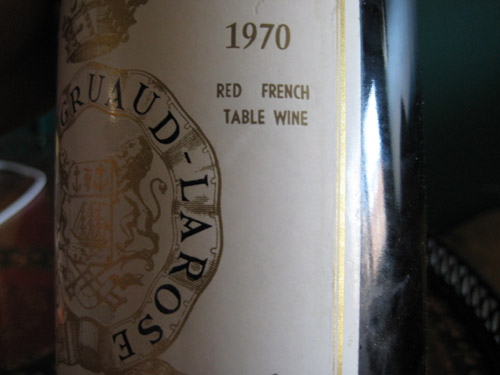
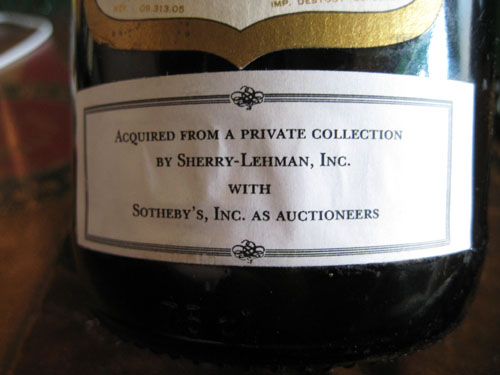
“May I have $600?…thank you, sir…$650?….$700 it is…and sold! – to the young man in the back.”
Frozen in the moment, I had suspended my emerald-green Sothebys paddle in the air like some nightmarish bull’s-eye that the auctioneer kept shooting.
And, suddenly, without intending it, I was then the owner of a case of 24-year-old fine wine, when I had just wanted to experience the sensation of bidding — not buying — in an auction. It was 1994 and my first-ever wine auction – and, well, no one had shown me how to actually use an auction paddle.
Two things eased the pain of making this accidental purchase. First, I was there with my college buddy “Hernie,” an investment banker with Benjamins to burn, who cheerfully offered to ease the burden on my wallet by buying half of the accidentally won case from me. The other was that the wine was from Château Gruaud-Larose, which, despite my inexperience, was known to me as an exceptional wine that offered excellent value for the money.
To this day, Gruaud-Larose remains for me one of the best accidentally-made deals in collectable wine. It is one of fifteen Deuxièmes Crus (Second Growths) in the original Bordeaux Wine Classification of 1855, and thus rated just below the mythical Premier Crus such as Château Lafite Rothschild and Château Latour. But in the minds of many wine lovers, Gruaud-Larose – and other overachieving Deuxièmes Crus or so-called “Super-Seconds”– can sometimes match or even eclipse the Premier Crus in quality. Yet because it remains in the shadow of these spotlighted titans, Gruaud-Larose offers this splendor at typically a third of the price of the Premier Crus.
Another factor keeping it affordable is its relatively generous production run. About 25,000 cases of Gruaud-Larose are brought to market each year, a relative bounty when you contrast it with the microscopic case-counts of many other top wines.
The wine itself is reliably delicious, typically a classic Bordeaux tour de force of blackcurrants, smoky cigar box, and earthiness, with a medium-body and a long, enduring finish. Compared to similarly-situated Bordeaux chateaux, Gruaud-Larose can sometimes show a bit more tannic muscularity, which can be tamed with the wine’s classic soulmate, rack of lamb. The 1982 and 2000 vintages were particular stand-outs, the latter still relatively obtainable at fine wine merchants.
And what of the case of my Sotheby’s-sourced, accidentally-acquired 1970 Gruaud-Larose that started it all? With all but three already opened, let’s just say that buying an exceptional estate like Gruaud-Larose cannot protect one from the Russian Roulette-like vicissitudes that befall older bottles – which, if not stored optimally, can fall victim to premature oxidation and other ailments of old age. While seven of the bottles were elegant masterpieces of cassis and cedar, the remaining two, sadly, had the appearance of volcanic mud and the unkind aroma of wrestling shoes.
